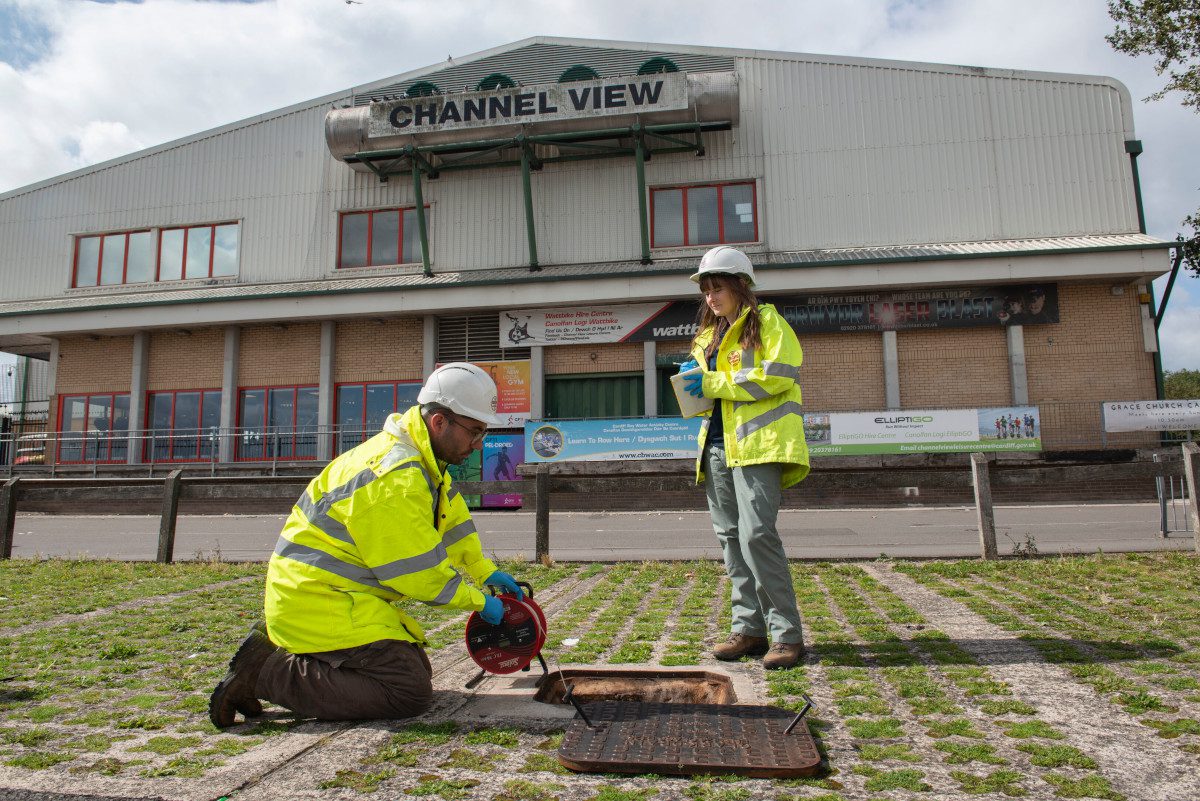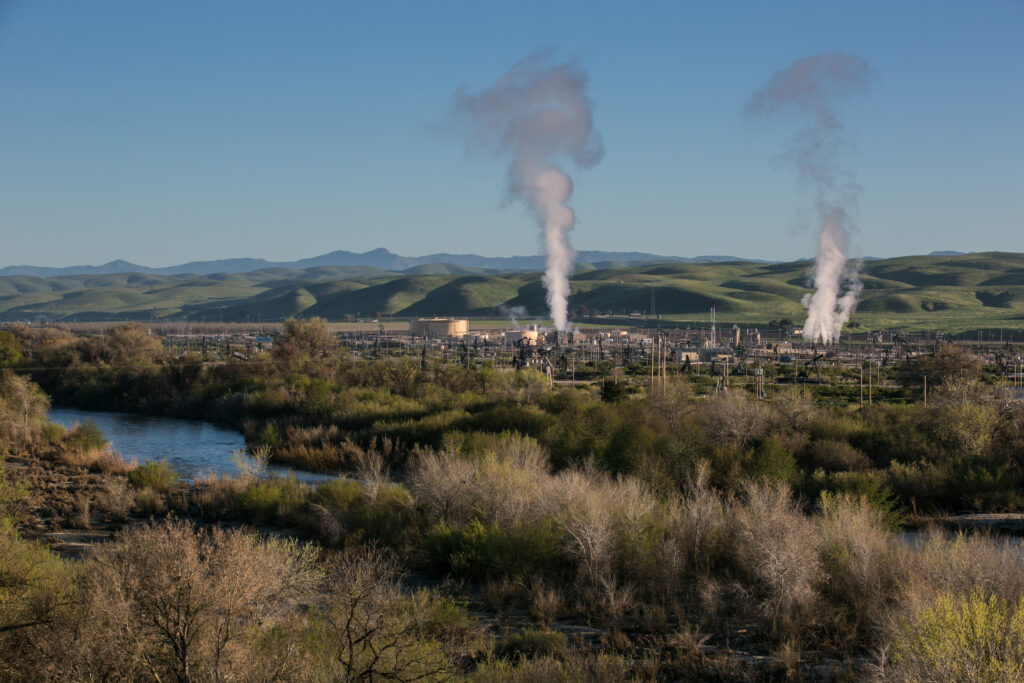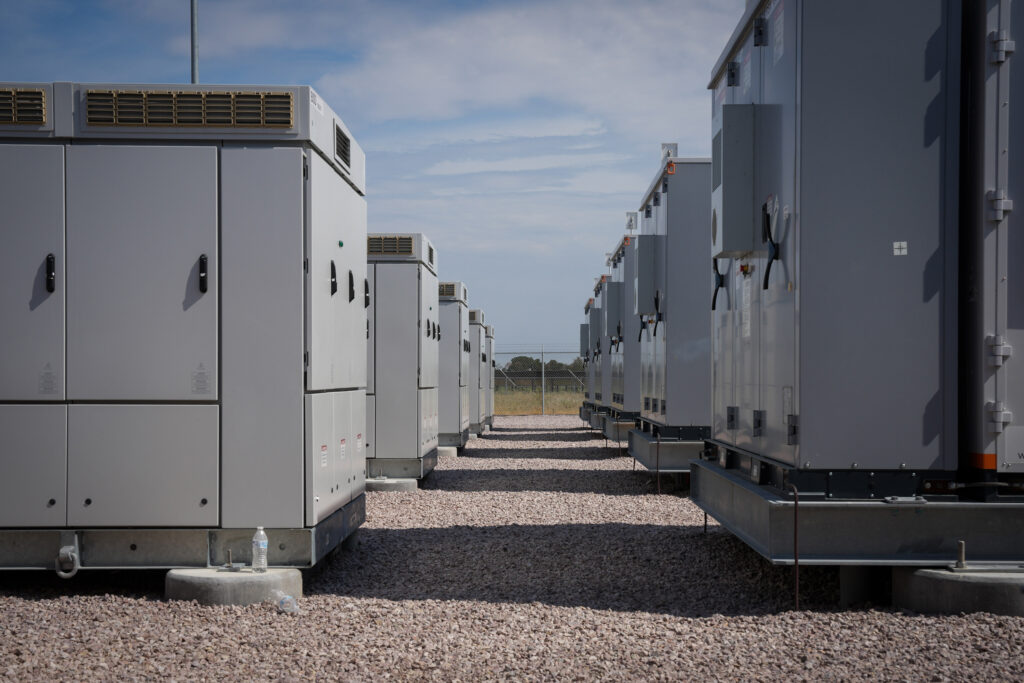Scientists have discovered cavities in the clay underneath Cardiff, which will influence the siting of future geothermal developments.
Understanding how heat moves within the subsurface is important for the development of geothermal energy, including ground-source heat pumps. Determining which geological areas are suitable for their installation is vital. For the first time, scientists at BGS have used time-series data at the Cardiff Urban Geo-Observatory, which is run by BGS, to look at long-term trends for subsurface heat.
The geo-observatory monitors 62 boreholes, 49 of which were observed every 30 minutes for four years between 2014 to 2018. The analysed data found previously undetected, localised cracks in the geology in the south of the city, where the subsurface is largely clay at that depth. These newly discovered cracks, which can be caused by plant roots, provide pathways that act as recharge routes underneath the south of Cardiff, allowing rain water to enter and be conveyed to the groundwater below.

While a ground-source heat pump can be highly efficient, installing one in one of these newly discovered areas of cracks could lead to performance issues. Specifically, the constant influx of cooler groundwater could hinder the heat pump’s ability to extract heat effectively and the system could potentially affect the groundwater flow and quality.
For geothermal developers looking to install shallow ground-source heat pumps underneath the capital, it’s important that this new data is carefully considered. The research shows that installing a ground-source heat pump in Cardiff deeper than 8 m will help to maximise the technology’s efficiency.
Ashley Patton, engineering geologist at BGS and research lead, said: “Using time-system data for the first time in Cardiff has provided vital information to further our understanding of what lies beneath our feet. The discovery of geological recharge pockets in an area where they were previously not thought to occur is an important consideration for future infrastructure projects. It’s essential that geothermal developers take this research into account before installing a shallow ground-source heat pump, to ensure it runs as effectively as possible and is not impacted by recharge.”
For more information about the Cardiff Urban Geo-Observatory please email BGS Cardiff ([email protected]).
















